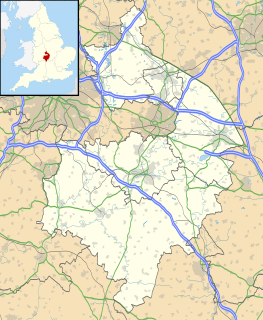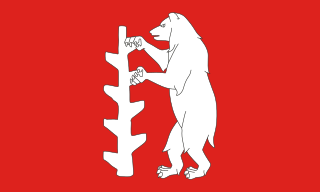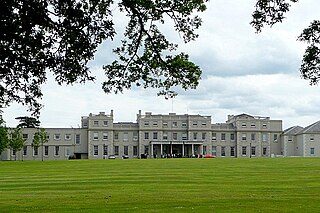
Wokefield Park is an 18th-century country house, situated in the parish of Wokefield, near Mortimer, in the English county of Berkshire. It is currently run as an events venue.
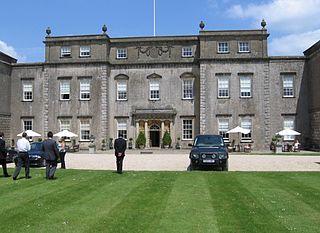
Ston Easton Park is an English country house built in the 18th century. It lies near the village of Ston Easton, Somerset. It is a Grade I listed building and the grounds are listed Grade II on the Register of Historic Parks and Gardens.
Farley Castle is an early 19th-century modern house situated at Farley Hill, Swallowfield, Berkshire.
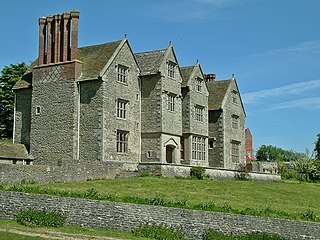
Wilderhope Manor is a 16th-century manor house in the care of the National Trust. It is located on Wenlock Edge 7 miles (11 km) south west of Much Wenlock in Shropshire, England. The manor is a Grade I listed building and since the mid 20th century has been used as a youth hostel.
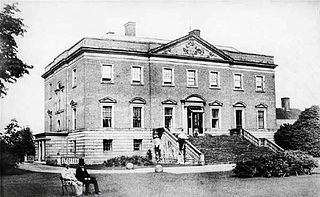
Radbourne Hall is an 18th-century Georgian country house, the seat of the Chandos-Pole family, at Radbourne, Derbyshire. It is a Grade I listed building.

Tyttenhanger House is a 17th-century country mansion, now converted into commercial offices, at Tyttenhanger, near St Albans, Hertfordshire. It is a Grade I listed building.
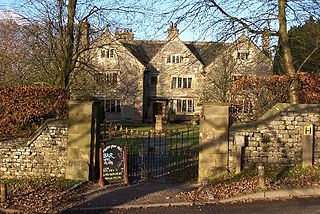
Hartington Hall is a much altered and extended 17th-century manor house at Hartington, Derbyshire, now a youth hostel.

Damhouse or Astley Hall is a Grade II* Listed building in Tyldesley but considered to be in Astley, Greater Manchester, England. It has served as a manor house, sanatorium, and, since restoration in 2000, houses offices, a clinic, nursery and tearooms.
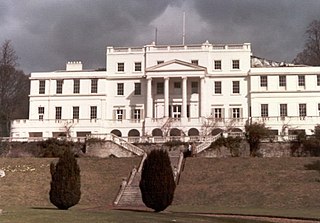
Linton Park, formerly Linton Place or Linton Hall, is a large 18th-century country house in Linton, Kent, England. Built by Robert Mann in 1730 to replace an earlier building, the house and estate passed through the ownership of several members of Mann's family before coming into the Cornwallis family. The house was enlarged to its current size in 1825.

Ashton Hall is a largely rebuilt 14th-century mansion in the civil parish of Thurnham, Lancashire, England. It is 3 miles (4.8 km) south of the city of Lancaster and is on the east bank of the River Lune. is recorded in the National Heritage List for England as a designated Grade I listed building, and is now owned by Lancaster Golf Club.

The Old Bishop's Palace is located in an elevated position overlooking The Groves and the River Dee in Chester, Cheshire, England. It is recorded in the National Heritage List for England as a designated Grade II* listed building.

Barrow House is a late 18th-century mansion situated on the eastern shore of Derwentwater in Borrowdale within the Lake District National Park, in the county of Cumbria, England. The house is a Grade II listed building which since the time of its construction has had various uses, it was originally a private dwelling and has since served as a hotel, a youth hostel run by the YHA and is now an independent hostel.

Hilston Park is a country house and estate located between the villages of Newcastle and Skenfrith, in Monmouthshire, Wales, close to the border with Herefordshire, England. The house and park are situated in the Monnow valley, beside the B4347 road, 7.9 miles (12.7 km) by road northwest of Monmouth and just over 1 mile (1.6 km) southwest of Skenfrith.
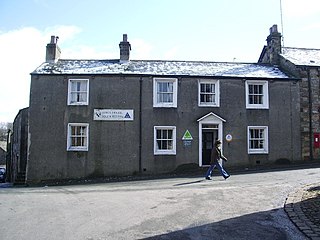
King's House is a Grade II listed building in Slaidburn, Lancashire, now used as a youth hostel. Originally built in the 18th century, although parts of the building date back to the 17th century, as the Black Bull public house. The first mention of the name is believed to be in the Churchwarden's accounts for 1764 when there is an entry "Spent of the persons who brought the slate from Ribchester at several times and other neccessary [sic] meetings of the Churchwardens as appears by the Bill at Black Bull £1 5s 5d". The building remained an inn until 1932 when it was rented to the Youth Hostels Association and has remained in use as a youth hostel since then.

Grinton Lodge is a 19th-century former shooting lodge that has been a youth hostel since 1948. A Grade II listed building, it is situated above the village of Grinton, in Swaledale, North Yorkshire, England.
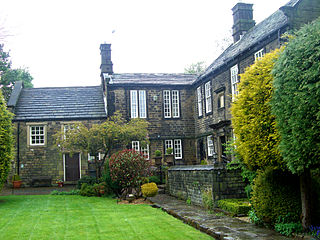
Birley Old Hall is a small English country house situated in the Birley Edge area of the City of Sheffield, England. The hall stands in an exposed situation at almost 200 metres above sea level on Edge Lane, some six km NW of the city centre and has been designated a Grade II listed building by English Heritage as has the Falconry which stands in the garden.

Arkwright House is in Stoneygate, Preston, Lancashire, England. The house was built in 1728, and was later expanded and restored. It is notable as the place in which Richard Arkwright and colleagues worked in 1768 to develop the water frame, a machine for spinning yarn. The house is an example of Georgian architecture, and is recorded in the National Heritage List for England as a designated Grade II* listed building.

Langham House is a grade II-listed house facing Ham Common, London, built in about 1709 and former home of several notable residents.

Esthwaite Lodge is a 19th-century house in Hawkshead, Cumbria, England; it is a Grade II listed building.
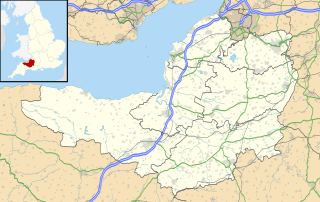
Freshford Manor is an early 18th century house in Freshford, Somerset, England. It is a Grade II* listed building.
